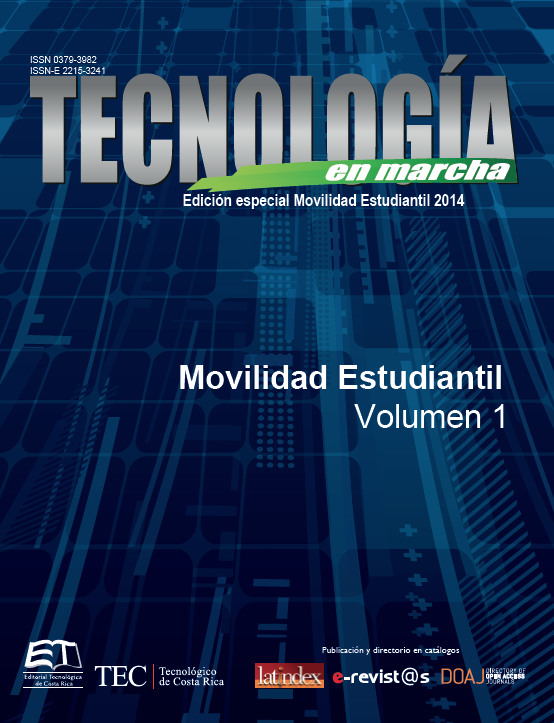Discussion and evaluation of artificial light sources for the characterization of photovoltaic devices
Main Article Content
Abstract
The use of photovoltaic energy has become a widely used solution in electricity generation, as the need to reduce the emission of pollutants has become a priority in the last years. As one of many necessary tasks, the characterization of photovoltaic devices is one of the key procedures in the development and evaluation of various technologies of photovoltaic generators. Due to the high cost of solar simulation devices, the use of halogen light sources on the characterization process has become a common practice in research laboratories around the world, yet the authors of this article could not find information regarding appropriate practices in the use of this light sources so that their performance in the characterization of photovoltaic devices gets improved. This study sought to analyze the effects of the method of powering bulbs on the stability of the emission, the relationship between changes in voltage and light intensity emitted and the implications of dissipated power can have on the spectral distribution obtained. The study led to conclude that the use of variable tension has a negative impact on the stability of light emission, and further that the operating temperature of the filament plays a role of paramount importance in the heating that the panel can suffer as well as the proportion of energy emitted the photovoltaic device is able to harness.
Article Details
Los autores conservan los derechos de autor y ceden a la revista el derecho de la primera publicación y pueda editarlo, reproducirlo, distribuirlo, exhibirlo y comunicarlo en el país y en el extranjero mediante medios impresos y electrónicos. Asimismo, asumen el compromiso sobre cualquier litigio o reclamación relacionada con derechos de propiedad intelectual, exonerando de responsabilidad a la Editorial Tecnológica de Costa Rica. Además, se establece que los autores pueden realizar otros acuerdos contractuales independientes y adicionales para la distribución no exclusiva de la versión del artículo publicado en esta revista (p. ej., incluirlo en un repositorio institucional o publicarlo en un libro) siempre que indiquen claramente que el trabajo se publicó por primera vez en esta revista.

